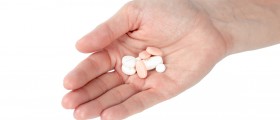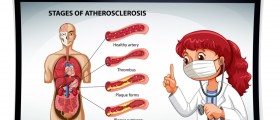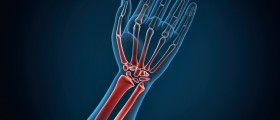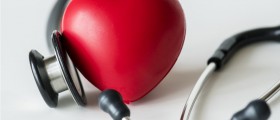
Basic Information on Peripheral Artery Disease
Peripheral artery disease is commonly abbreviated as PAD,and it is actually a medical condition in which the arteries outside the brainand the heart get affected. Those arteries include the largest artery insidethe human body, called aorta, along with other arteries located in the organs,the neck, the upper limbs and the lower limbs. For those who do not know,arteries are actually certain types of blood vessels which are in charge ofcarrying the blood and oxygen from the heart to all the other parts of thehuman body. Once the blood flow to a certain body part is reduced or stoppedcompletely, the peripheral artery disease occurs. Once the certain organ orbody part does not get proper amounts of oxygen it gets damaged. There arevarious different types of signs and symptoms which may indicate the presenceof the peripheral artery disease but they largely depend on the part of thebody affected by the disease and the exact amount of damage done. The parts ofthe body which are commonly affected by the disease include the feet and legs.Sores on the legs or feet which simply will not heal are among the most commonsymptoms of the peripheral artery disease. A person may also feel the legsgetting tired very easily. Weakness and numbness in the legs is anothercommon sign of peripheral artery disease. The feet, the calf, the thighs andthe hips may be affected by cramps or painful sensations in the muscles. Suchproblems usually occur while a person exercises or walks, and they are commonlyrelieved by getting proper amounts of rest. Changes in the color of the nailsor skin along with changes in the skin growth may occur. Some severe cases mayinvolve gangrene which indicated that the affected tissue is dead. There arenumerous different types of factors which may be held responsible for theblocking, weakening or narrowing of the arteries. Out of all different types ofcauses, the hardening of the arteries is the most common one, as it is commonlytriggered by the accumulation of the plaques and fatty deposits along the wallsof the arteries. If there are blood clots present inside the arteries they mayalso be held responsible for the blocking of the arteries and the prevention ofthe normal blood flow. The natural process of aging is inevitable and it causesthe arteries to gradually lose their elasticity over time. There are alsocertain types of medical conditions which may lead to a decreased elasticity ofthe arteries and those include cystic medial necrosis and neurofibromatosis.Arteries are also susceptible to inflammations, and when they get inflamed thecondition is referred to as arteritis. Such inflammatory conditions are usuallytriggered due to a weakened immune system or a development of certain types ofinfections. An aneurysm is a small pouch which bulges outward through weak spotsin the walls of the arteries. They may rupture and lead to excessive bleeding. Oneof the most common causes of peripheral artery disease is abnormal developmentof the very arteries. Such medical problems are commonly associated withseveral other medical conditions such as the fibromuscular dysplasia.
Diagnosis
In order to diagnose the peripheral artery disease, thedoctor needs to be well informed about the patient’s detailed history. Thereare certain tests which need to be performed as well. One of the tests is theso called treadmill test. Sometimes it is also referred to as the maximalwalking distance test. There are also certain blood tests which need to beundertaken. Another common test is the one known as the arterial Doppler inwhich the blood flow through the arteries is checked. Ankle brachial index is atest which needs to be taken in each case. Once again, each suspected case involves the use of another test calledangiography.
Peripheral arterial disease treatment methods
As far as treatment options go, there are two main methodswhich can be used. The first one involves reducing the risk for cardiovascularstroke, while the other one focuses on the pain management involved with theintermittent claudication and it also deals with prevention of furthercomplications. There are certain lifestyle and dietary changes which need to bedone in order to improve the condition. Special regimes of exercises are also amust for all those who suffer from peripheral artery disease. Since thismedical condition is often accompanied by other medical conditions such as thediabetes, high levels of bad cholesterol in the blood and high blood pressure,they need to be taken care of as well. Various medicaments are commonly usedand those include statins such as rosuvastatin, atorvastatin, fluvastatin,simvastatin, pravastatin and lovastatin. Certain types of ACE inhibitors may beused as well, and those include lisinopril, perindopril, ramipril, benazepril,quinapril, enalapril and captopril.

















Your thoughts on this
Loading...